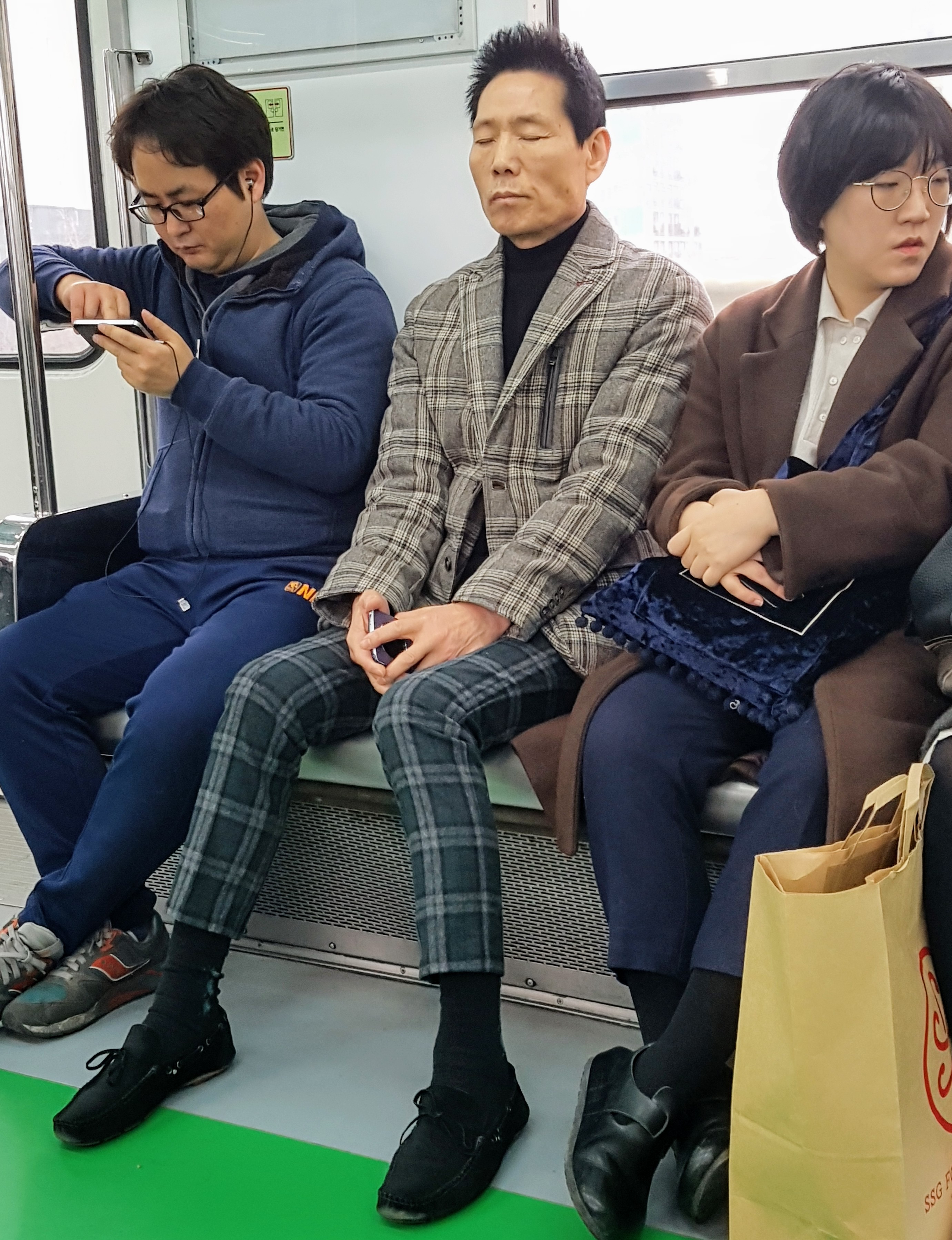Sejong was a very great king whose benevolence and personal sacrifice for the good of the people were unparalleled. Koreans work very long hours. The famous bell in Gyeongju is the greatest bell in the world, and Koreans invented astronomy. Bowing is important. We expats are agents of change who must learn to conform and adapt. Learn the language. Go out to dinners with the team. Be nice. Be likeable. Be direct and transparent, but be careful not to say anything to anyone about anything in a meeting. Korean is a high-context language. Find allies. Samsung is the best and also hard for everyone.
Above all, be patient.
These were among the things I learned, often repeatedly, during five long and intense days of global newcomer training at Samsung’s residential facility in Yongin, just outside Seoul.
I was skeptical going in — after six months, how much of a newcomer am I really? — but having completed the course, I’m glad I went. If I had to summarize the course content, I would divide it into three main areas:
- Samsung is amazing!
- How to handle Korean culture/all the things you’re doing wrong
- Typical corporate training stuff
Samsung is amazing!
Every morning we watched hokey corporate-boosterish videos with iffy English about Samsung’s mighty history and many divisions. But the thing is, even if you want to be kind of cynical about it, Samsung really is amazing.
The company made some audacious bets and smart moves through the years that transformed Korea: building color TVs before there was any color broadcasting in Korea and exporting them to Panama, then pouncing on the domestic market once color was finally introduced; going into semiconductors with zero infrastructure and clawing its way to first place; deciding to swing from back-of-the-store junk TV maker to design innovator to leap into first place globally. A bunch of my classmates were from Samsung Biologics, which is doing to pharmaceutical manufacture what Samsung did to TVs and semiconductors and smart phones: taking over, basically. And did you know that Samsung built the Burj Khalifa in Dubai? Or that it’s floated the biggest ship hull in the world? I didn’t. (There were also, at times during the course, acknowledgements of failures, as well as of the ways that government and other sources provided support along the way.)
As a survivor of the dot-com boom and seven years at Google, I don’t swallow corporate narratives of glory uncritically. But Samsung, as a leader and driver of Korea, Inc., has really, genuinely done some amazing, audacious stuff.
To see some other sides of Samsung, we spent one afternoon mostly outdoors. First we went to Samsung Guide Dog School, a social responsibility program Samsung introduced into Korea when nothing like it existed. The school breeds labrador retrievers and places the puppies with volunteer families, who socialize them for a year. Then the pups come in for six to eight months of training. Seventy percent wash out and become pets, mostly with their volunteer families. Thirty percent are matched with a vision-impaired person for about ten years of work and companionship. When they retire, they go again to a volunteer family — often the same one as before — and get care for the remainder of their lives. The people who work for the program are dedicated to helping the disabled live full lives, and also to transforming Korea’s relationship with and image around dogs.
From there we headed to the lovely Ho-Am Museum and Hee Won Garden, set up in 1982 by Samsung’s chairman to house his collection of Korean art and reintroduce Korean Confucian garden landscaping to the public at time when little of Korean tradition was publicly celebrated.
How to handle Korean culture/all the things you’re doing wrong
I’ve been in professional life long enough to know my strengths and weaknesses pretty well. If colleagues in New York sometimes found me abrasive and aggressive, and if the gentle young Singaporean woman in our training has been called out for being too direct and confrontational, then I must be Bill O’Reilly to the Koreans I work with. It’s not fun to see where you’ve screwed up the social relations that are so important anywhere, but especially in Korea. I realize that I have work to do when I get back to the office on Monday.
But it was also reassuring, in a way, to hear the same experience from everyone — from others in the course, from a panel of expats who’ve re-signed at least once, from an expat success story who’s starting his own spin-off company, from a Korean-American vice president. The Samsung expat narrative is this: I came on too strong, I suffered for it, I learned to be patient and hold back and pick my battles, and I survived.
Beyond that, we had sessions on bowing and etiquette (don’t stick your spoon in your rice bowl!), videos on Korean history, a chance to try on hanbok. A lot of this, for me, was old hat, but I could see that it meant a lot to my colleagues who are new to Korean culture, and I’m sure it will be helpful to them in getting along here.
Typical corporate training stuff
On top of the Korean culture stuff and the Samsung stuff, we also had some typical corporate stuff: a creative brainstorming workshop, a session devoted to setting out our vision for the next year. I think this sort of training is especially valuable for the younger employees, but I was surprised by just how many of the experienced professionals had never done anything like it. It made me realize how lucky I was to get all the training Google gave me: courses on personal branding and managing my energy and accomplishing my dreams, four days of leadership training in the Santa Cruz Mountains where I learned what color I am (orange), workshops on unconscious bias, a regular process of setting and measuring goals.
It’s more of a challenge to get this sort of enrichment at Samsung, at least in Korea, because so much of it is done in Korean. Even if the material was, for me, a bit of a repetition, it was good to see that Samsung is at least making an attempt to bring professional development to its foreign employees.
Samsung is people
The best part of the course, by far, was the people. I met some amazing people from a bunch of parts of the company I never knew existed — Biologics, Bioepis, Fire and Marine Insurance, Global Strategy Group. I met people from India who live in my building, and people from the US, Vietnam, China, Singapore, Japan, Sweden, Colombia, Iran, Puerto Rico. We ranged from fresh out of college to senior managers with a lot more experience than me. It’s good to have made these new friends. As expats, we can help each other to adjust, stay sane, and understand what’s going on around us.
On Monday I’ll go back to my job and dive right back in, I suppose, but this time with a broader sense of where it fits into the bigger Samsung picture and of what I can do to play my part successfully.

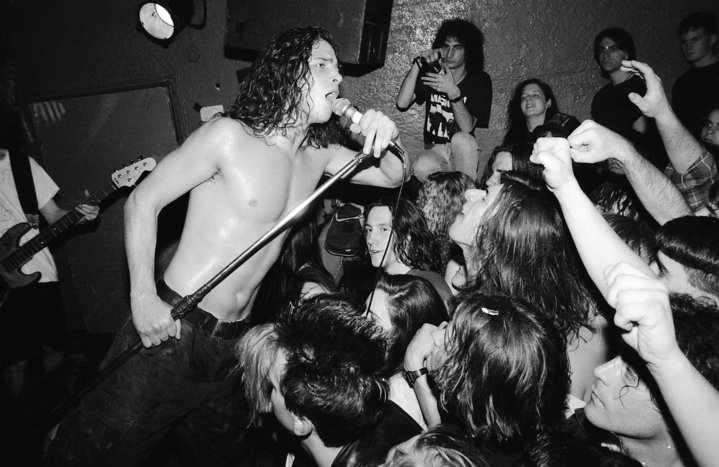
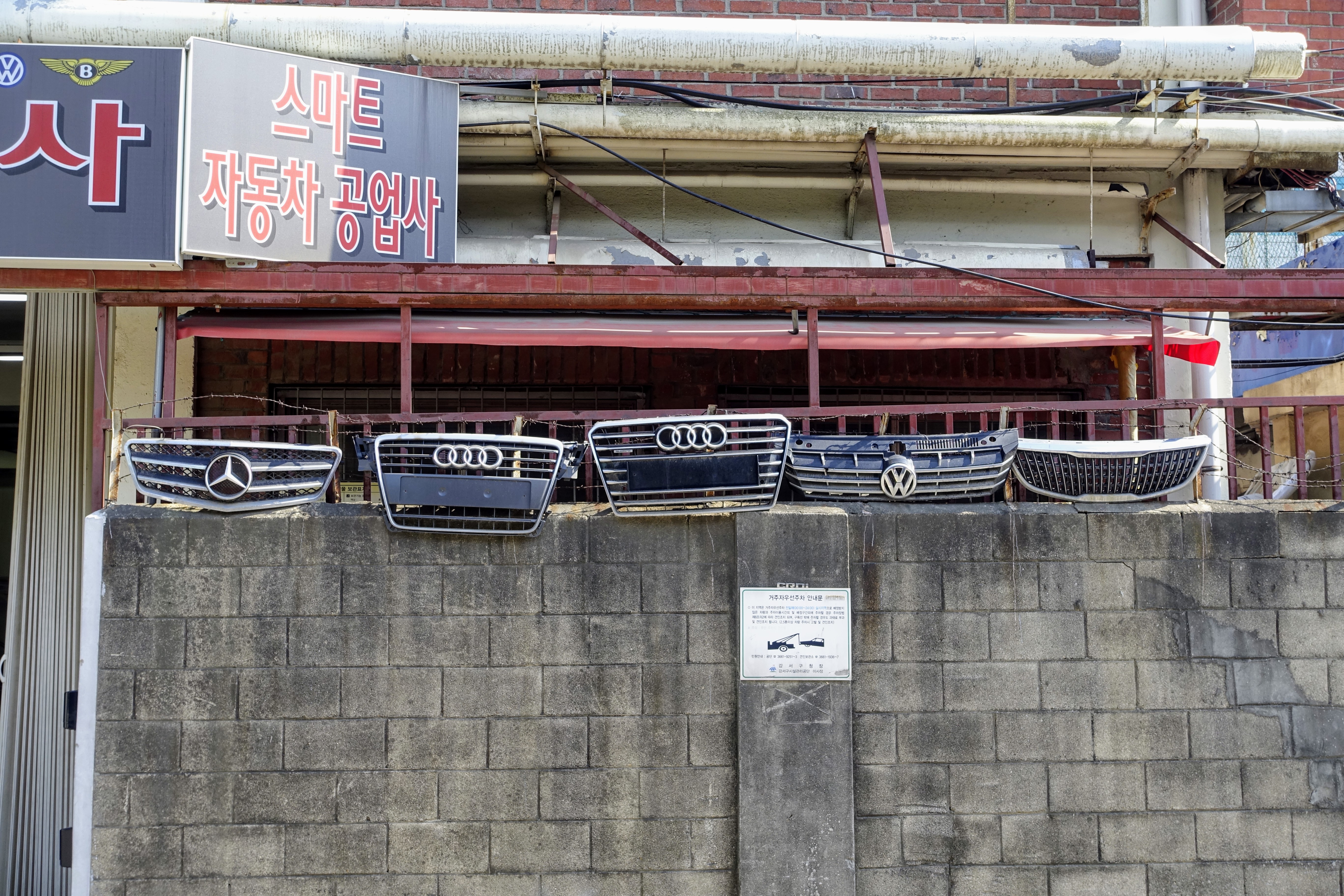
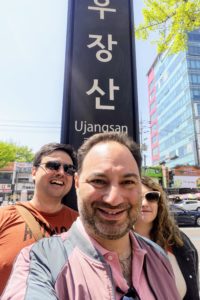 Random subway station:
Random subway station:



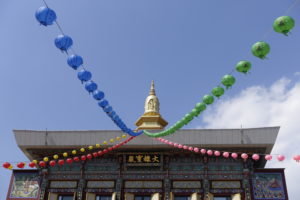
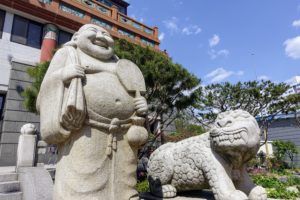





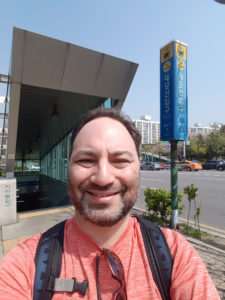
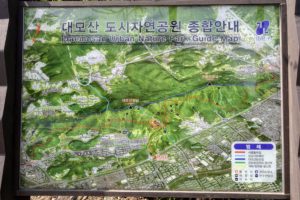








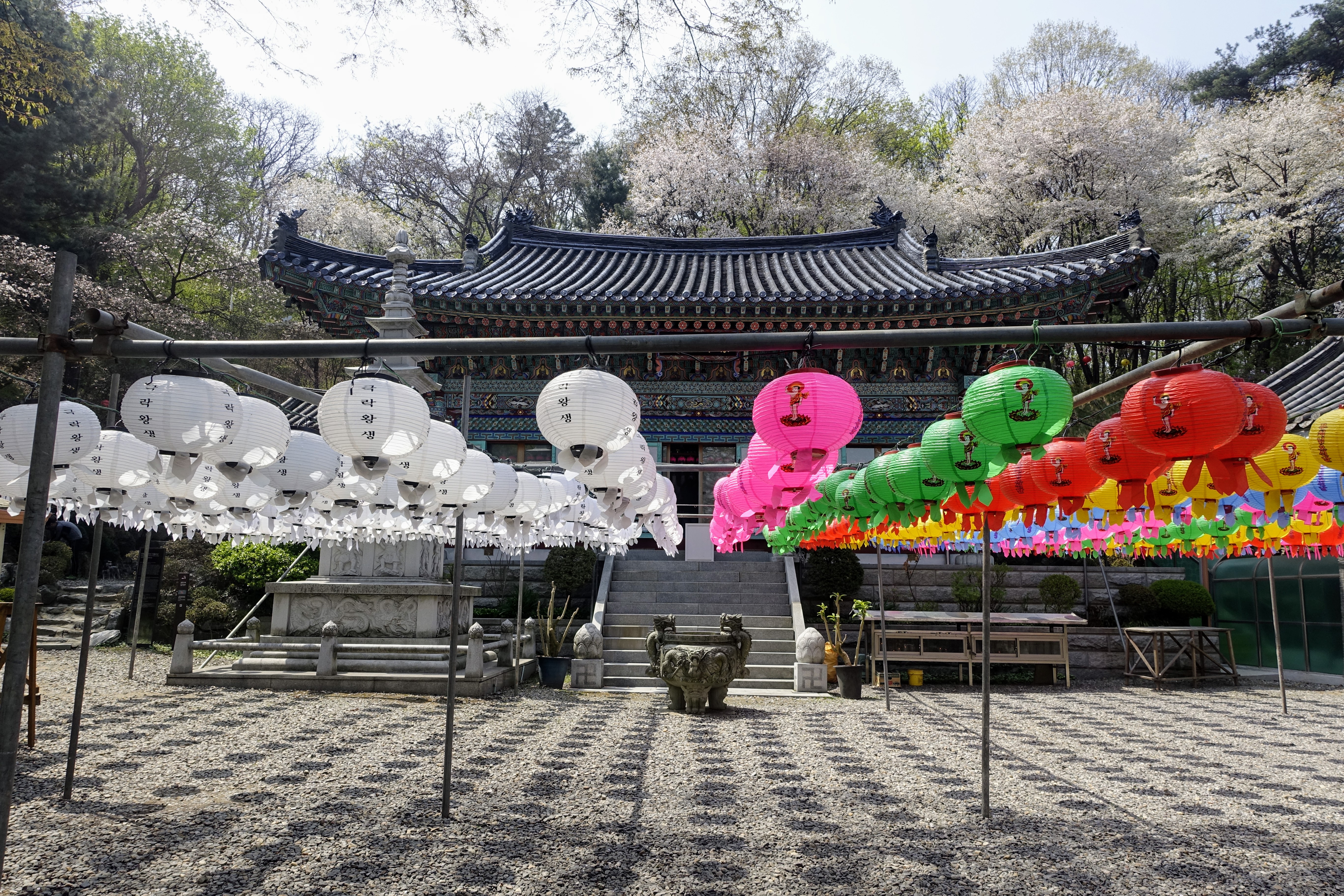 On our way to Daemosan’s second, slightly higher peak, we saw a sign for Bulguksa temple and veered off to check it out. The temple, and the trails leading down from it, were decorated with lanterns in preparation for the upcoming Buddha’s Birthday holiday.
On our way to Daemosan’s second, slightly higher peak, we saw a sign for Bulguksa temple and veered off to check it out. The temple, and the trails leading down from it, were decorated with lanterns in preparation for the upcoming Buddha’s Birthday holiday. Bulguksa is the name of one of Korea’s most famous temples, way down in Gyeongju, but this was obviously not that Bulguksa. Still, it was a very old temple housing a Buddha that supposedly dates back to the late Goryeo Dynasty, some 600 years ago. Like most old things in Korea, it’s been endlessly repaired, so neither the temple nor the statue in its present form date back that far — the Buddha is covered in layers of plaster — but it was still interesting to sit for a while in the presence of something that’s been the focus of devotion for centuries. A side shrine at the temple was devoted to the mountain god, a good example of the way Buddhism has, over the years, provided something of a safe harbor for Korean shamanism.
Bulguksa is the name of one of Korea’s most famous temples, way down in Gyeongju, but this was obviously not that Bulguksa. Still, it was a very old temple housing a Buddha that supposedly dates back to the late Goryeo Dynasty, some 600 years ago. Like most old things in Korea, it’s been endlessly repaired, so neither the temple nor the statue in its present form date back that far — the Buddha is covered in layers of plaster — but it was still interesting to sit for a while in the presence of something that’s been the focus of devotion for centuries. A side shrine at the temple was devoted to the mountain god, a good example of the way Buddhism has, over the years, provided something of a safe harbor for Korean shamanism.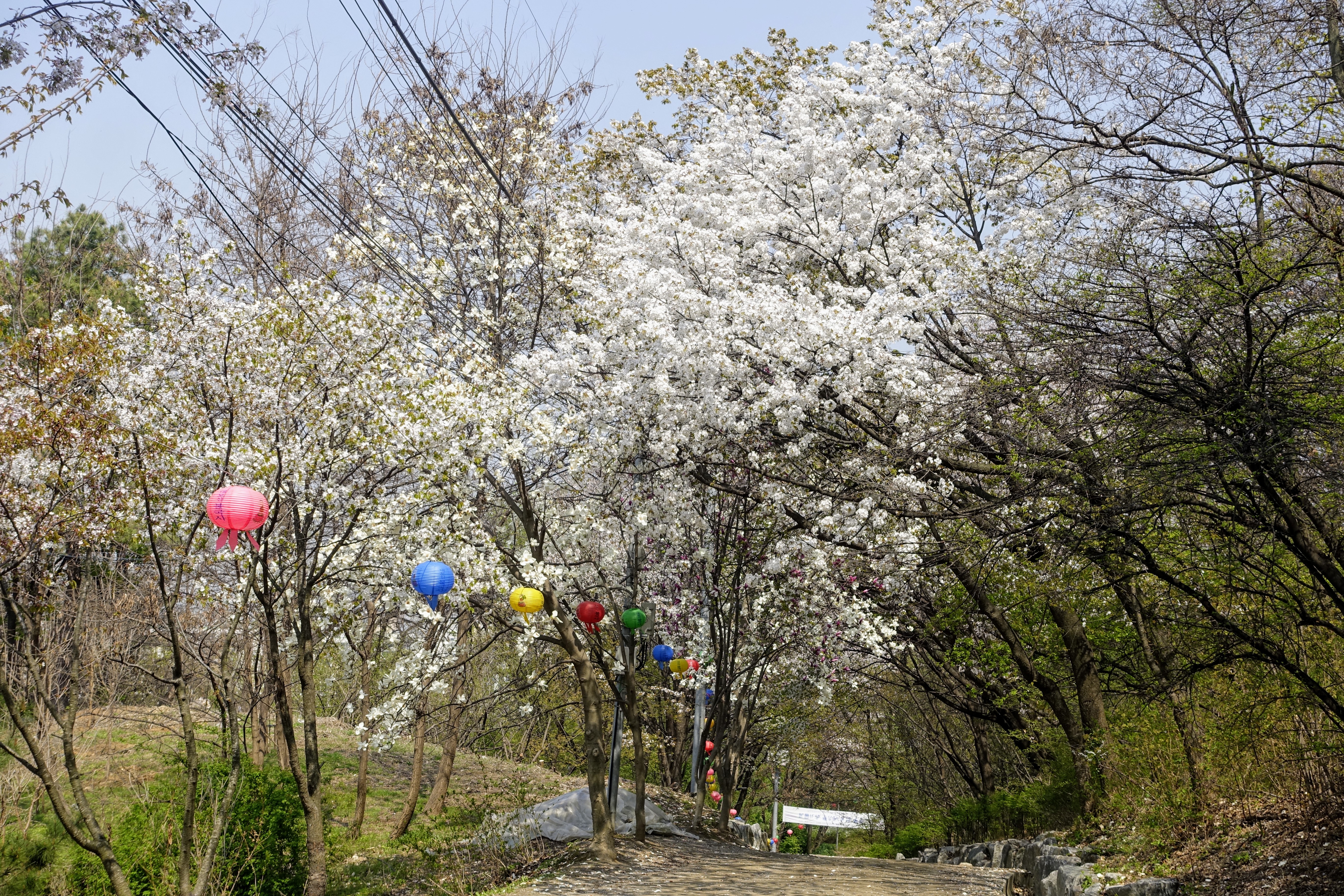


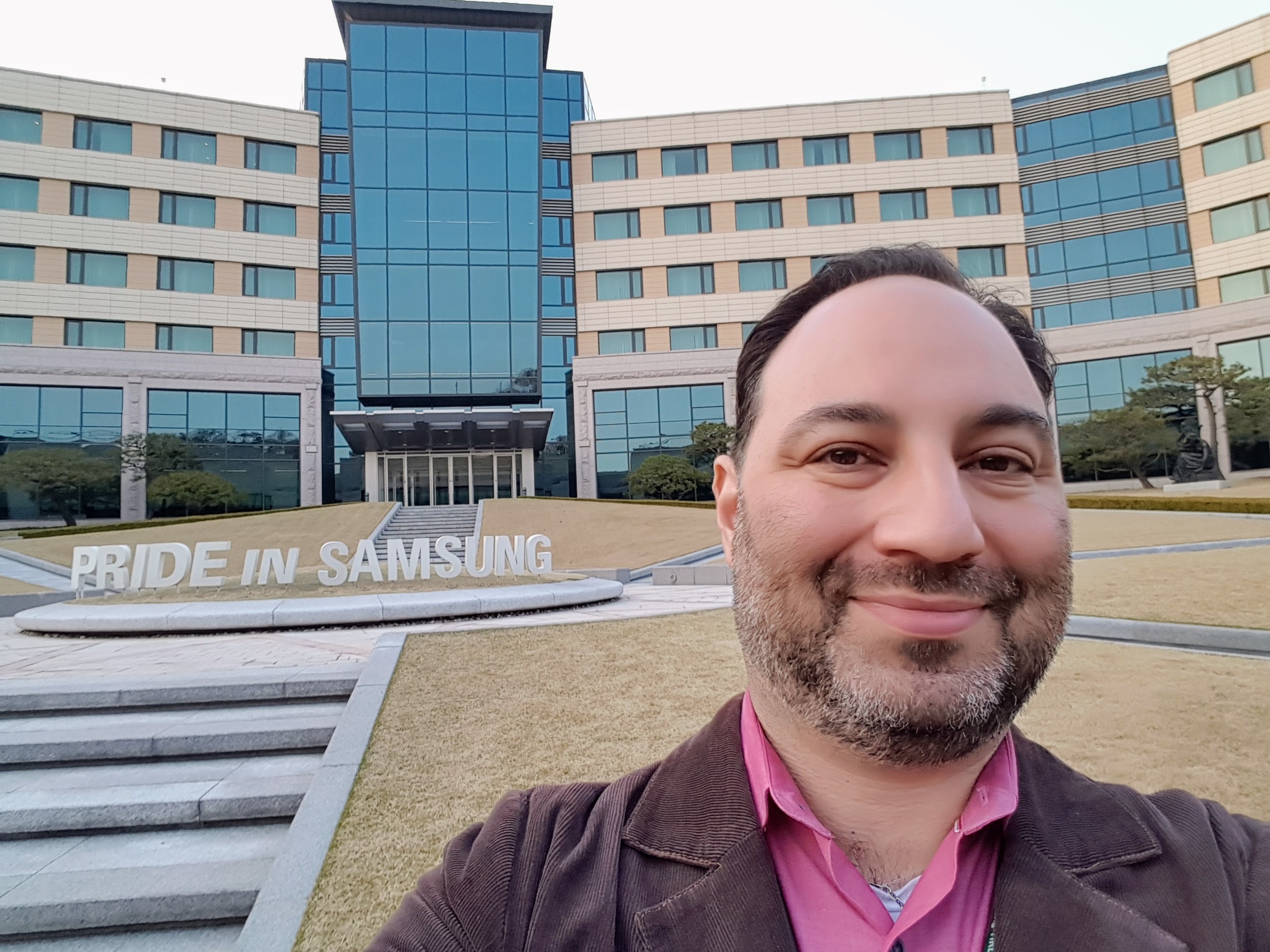

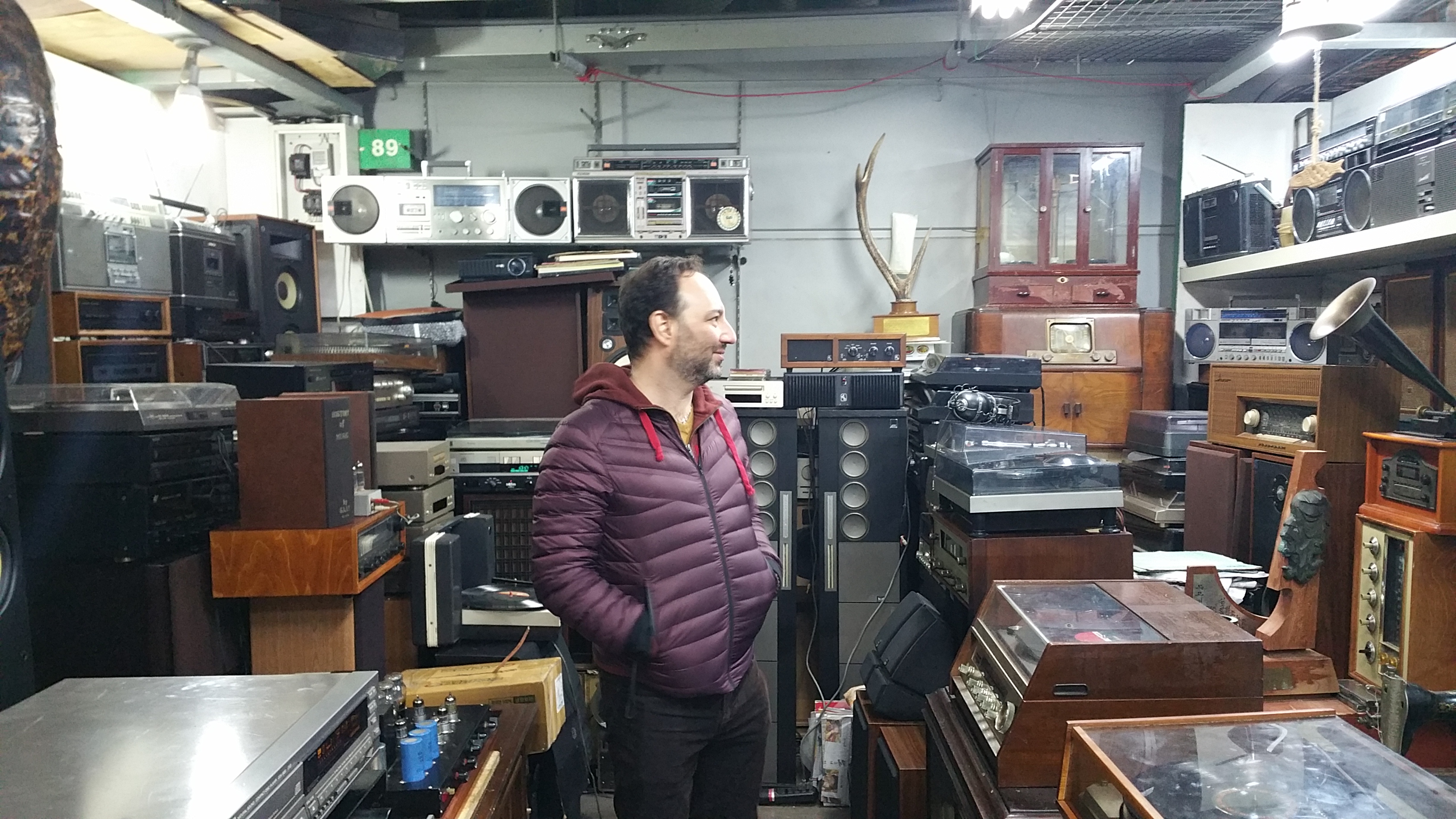
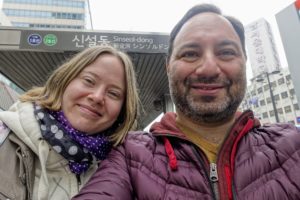 Random subway station:
Random subway station: 





 After a few hours of crowds and musty things, we popped out onto Jongno, the main road, and spied a traditional pavilion up a steep hill to the north, in an area I’d never been to before. We started up into one of those precarious Seoul neighborhoods where the streets narrow down into uneven concrete staircases between the old houses. There are oddities tucked away in these areas: we passed a Buddhist temple, and also a hagwon for people who want to learn Hebrew, before emerging into the open space of
After a few hours of crowds and musty things, we popped out onto Jongno, the main road, and spied a traditional pavilion up a steep hill to the north, in an area I’d never been to before. We started up into one of those precarious Seoul neighborhoods where the streets narrow down into uneven concrete staircases between the old houses. There are oddities tucked away in these areas: we passed a Buddhist temple, and also a hagwon for people who want to learn Hebrew, before emerging into the open space of 






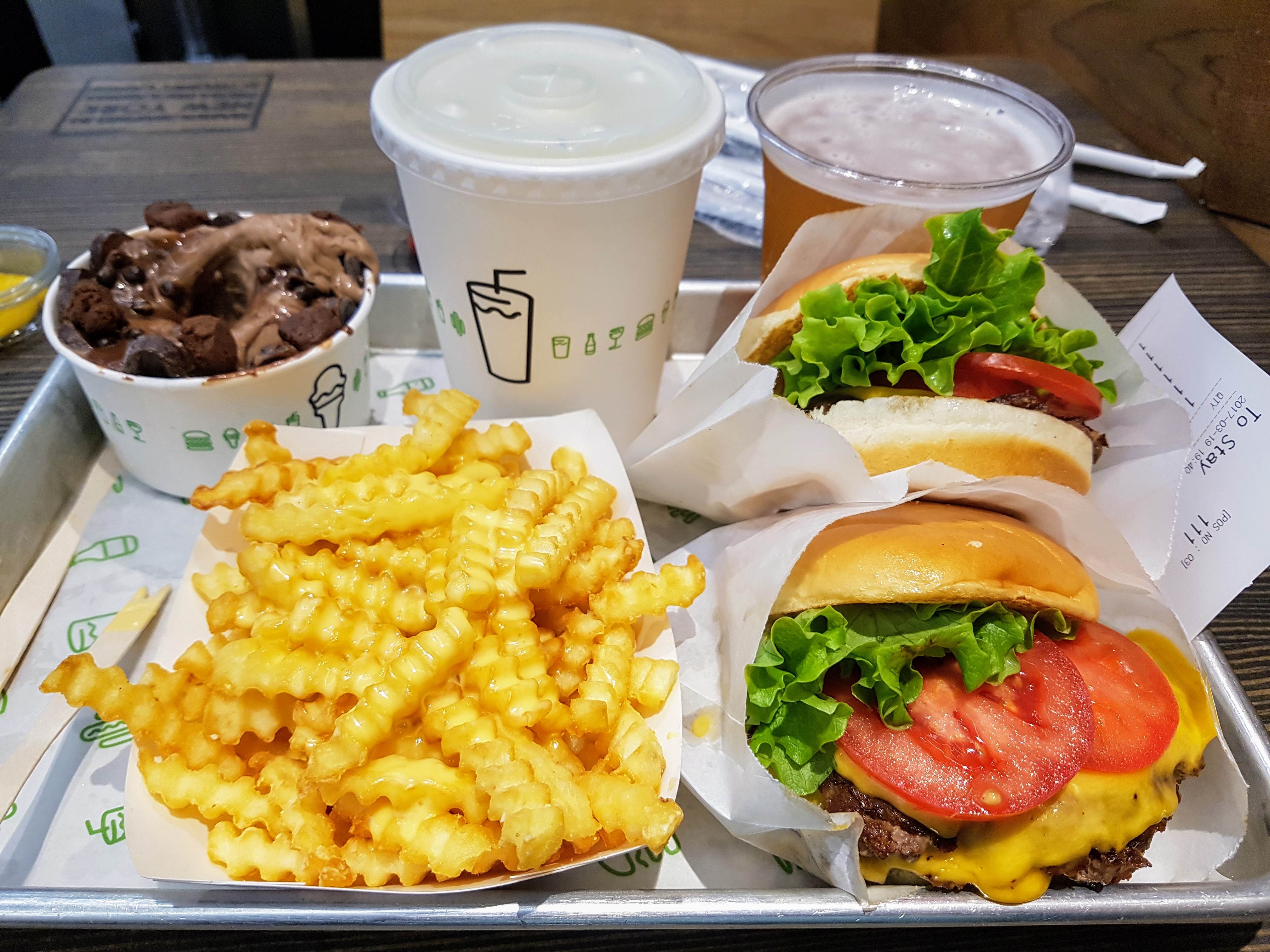


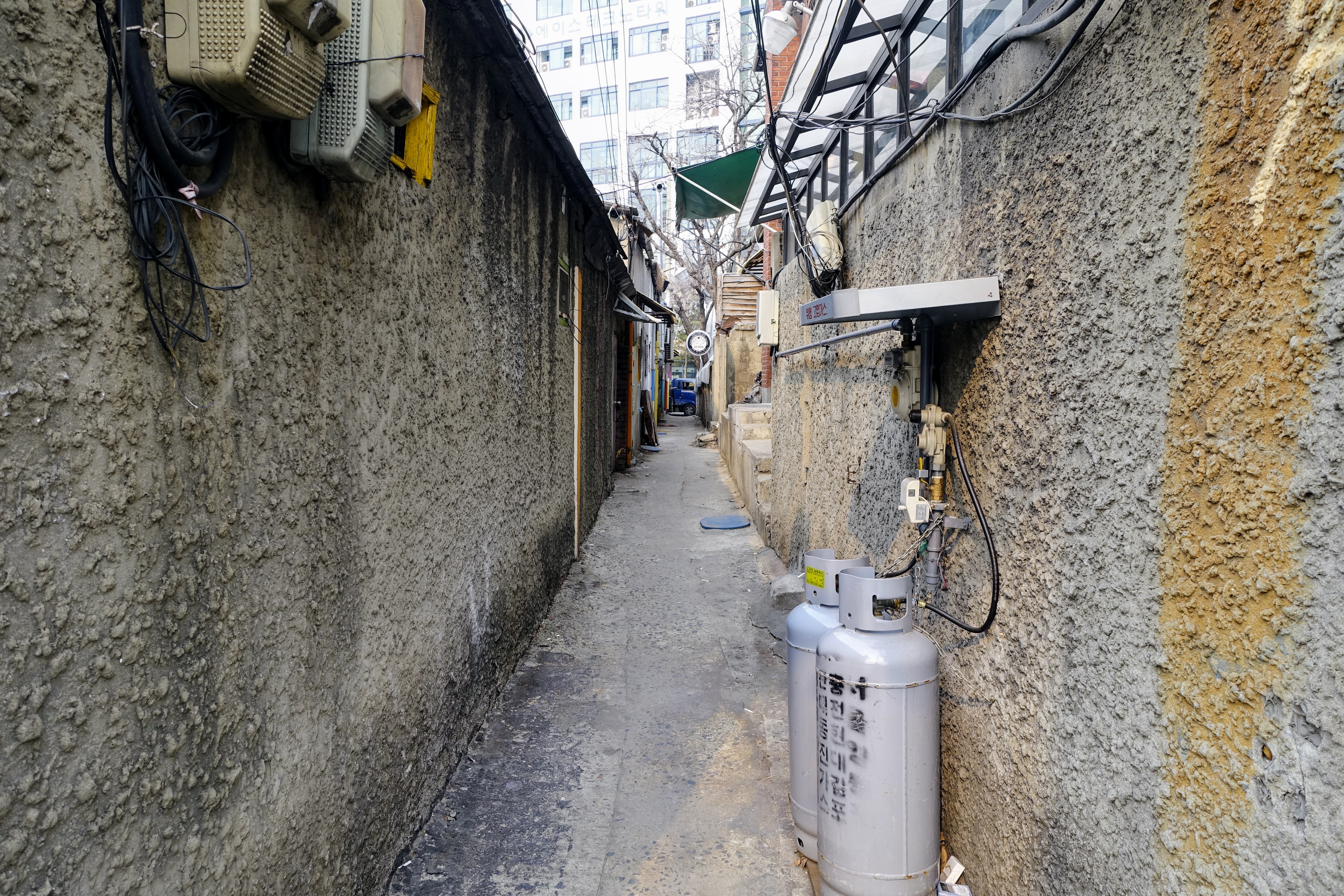

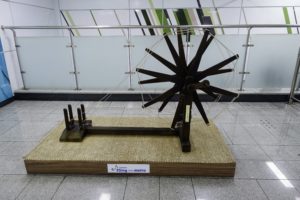 Inside the subway station, there’s a spinning wheel — a mulle (물레), a cute little visual pun on the name of the neighborhood.
Inside the subway station, there’s a spinning wheel — a mulle (물레), a cute little visual pun on the name of the neighborhood.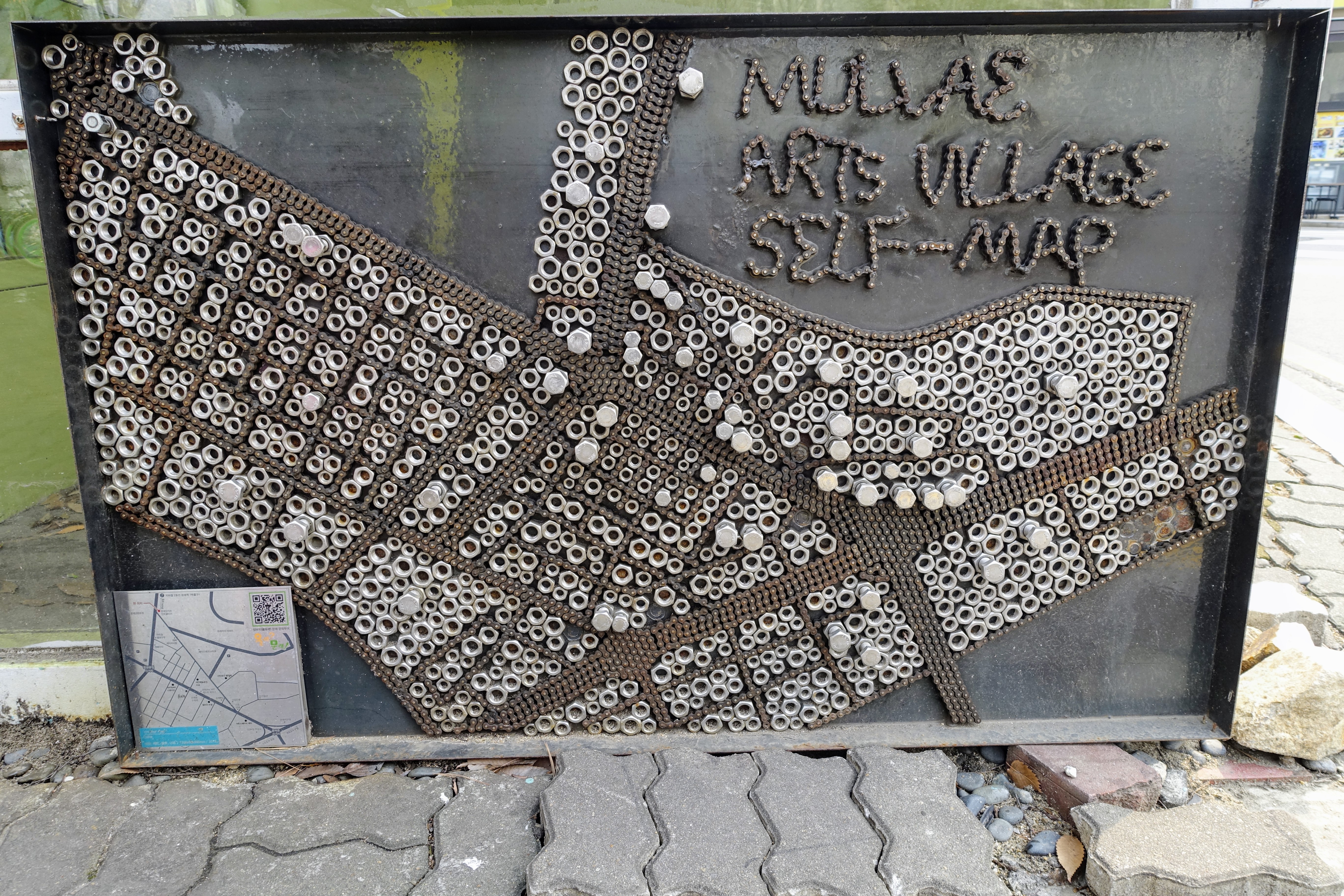

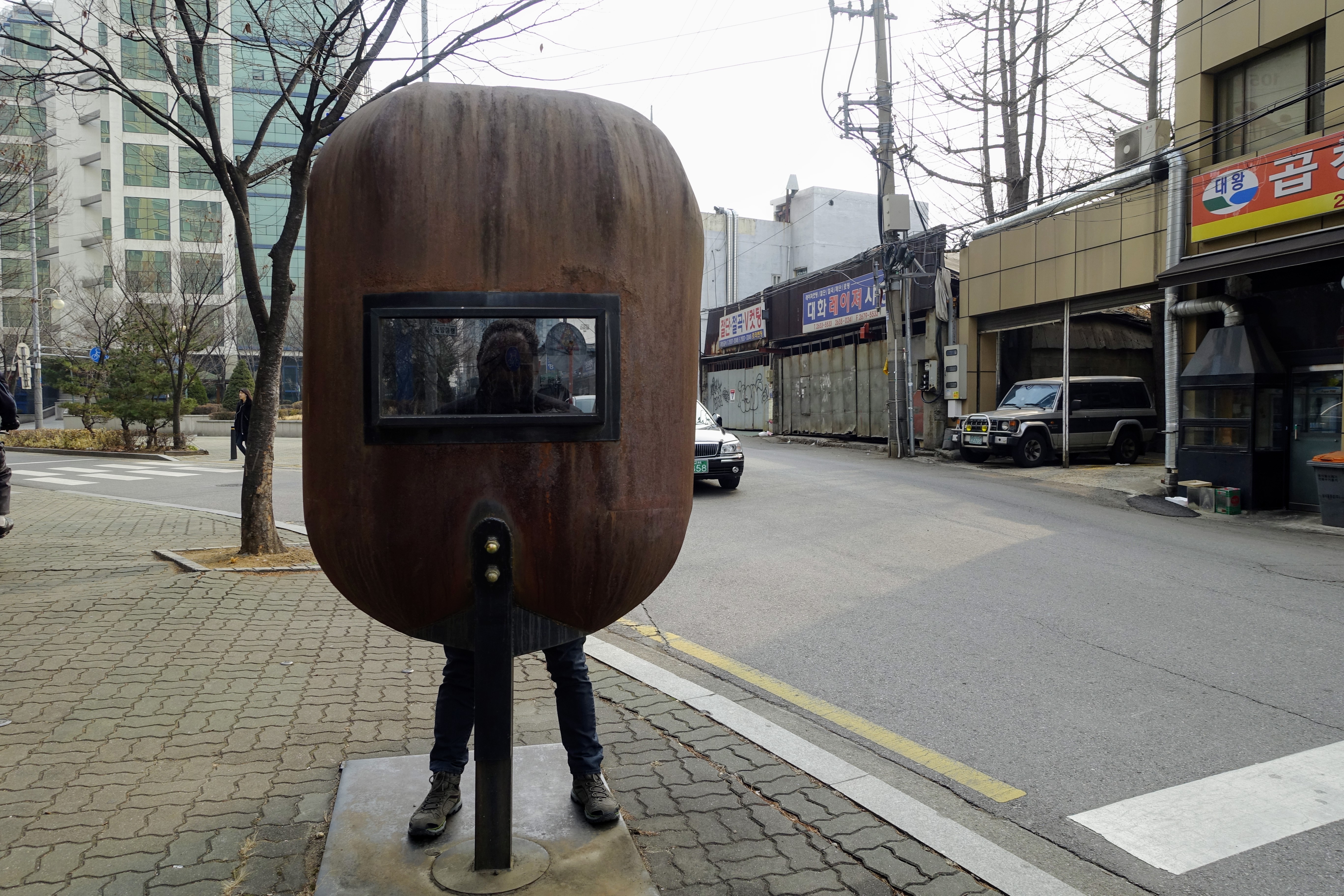
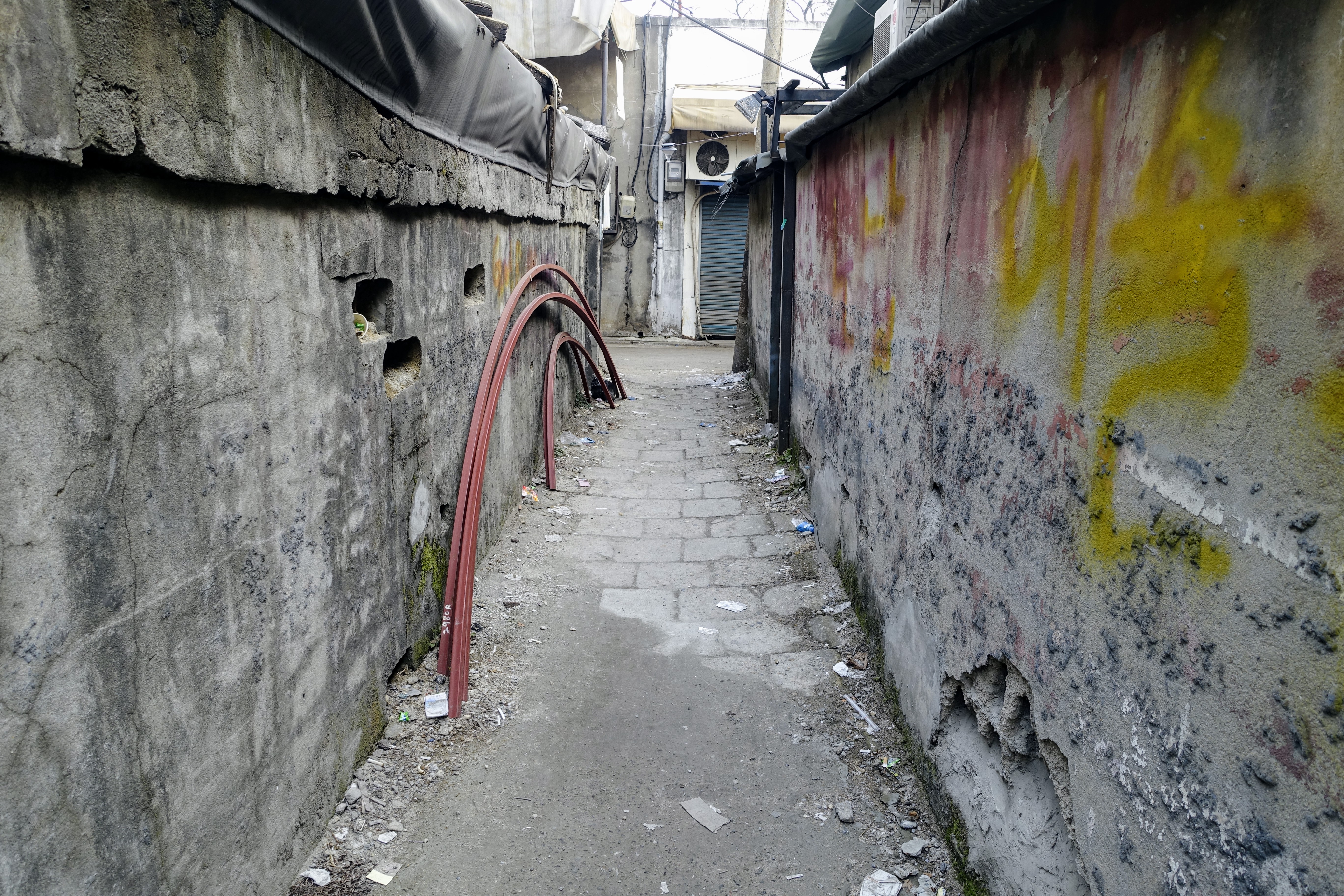

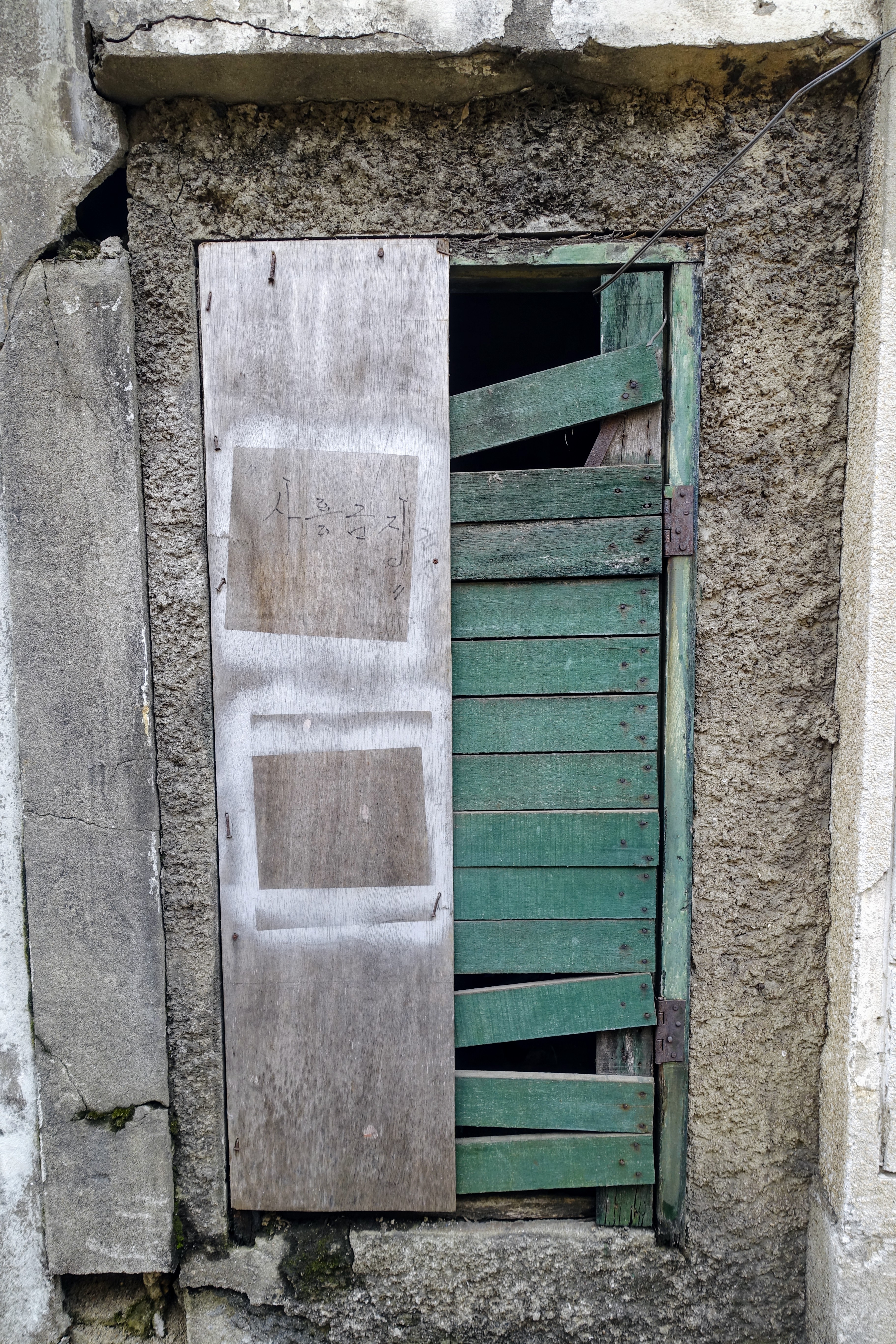





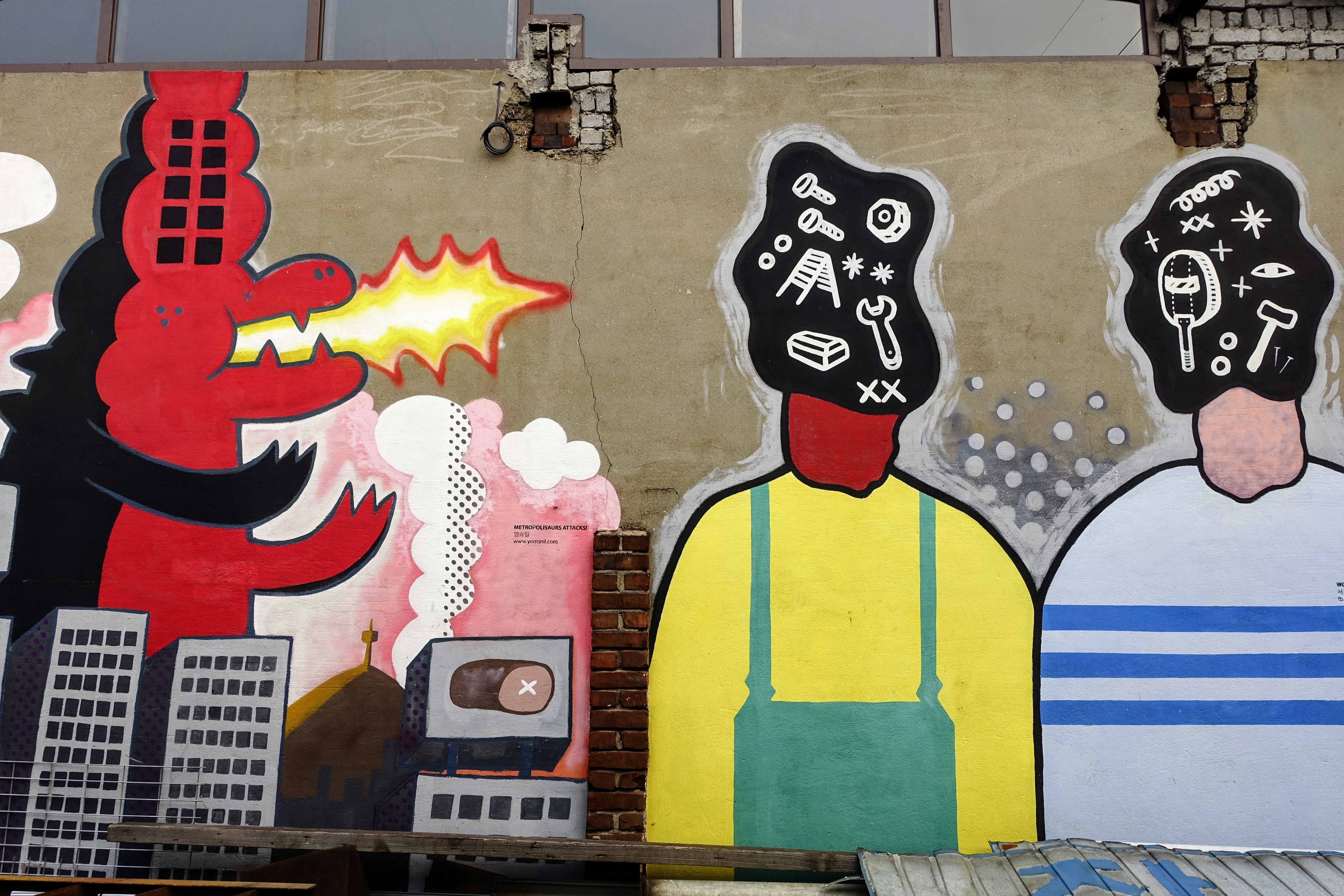
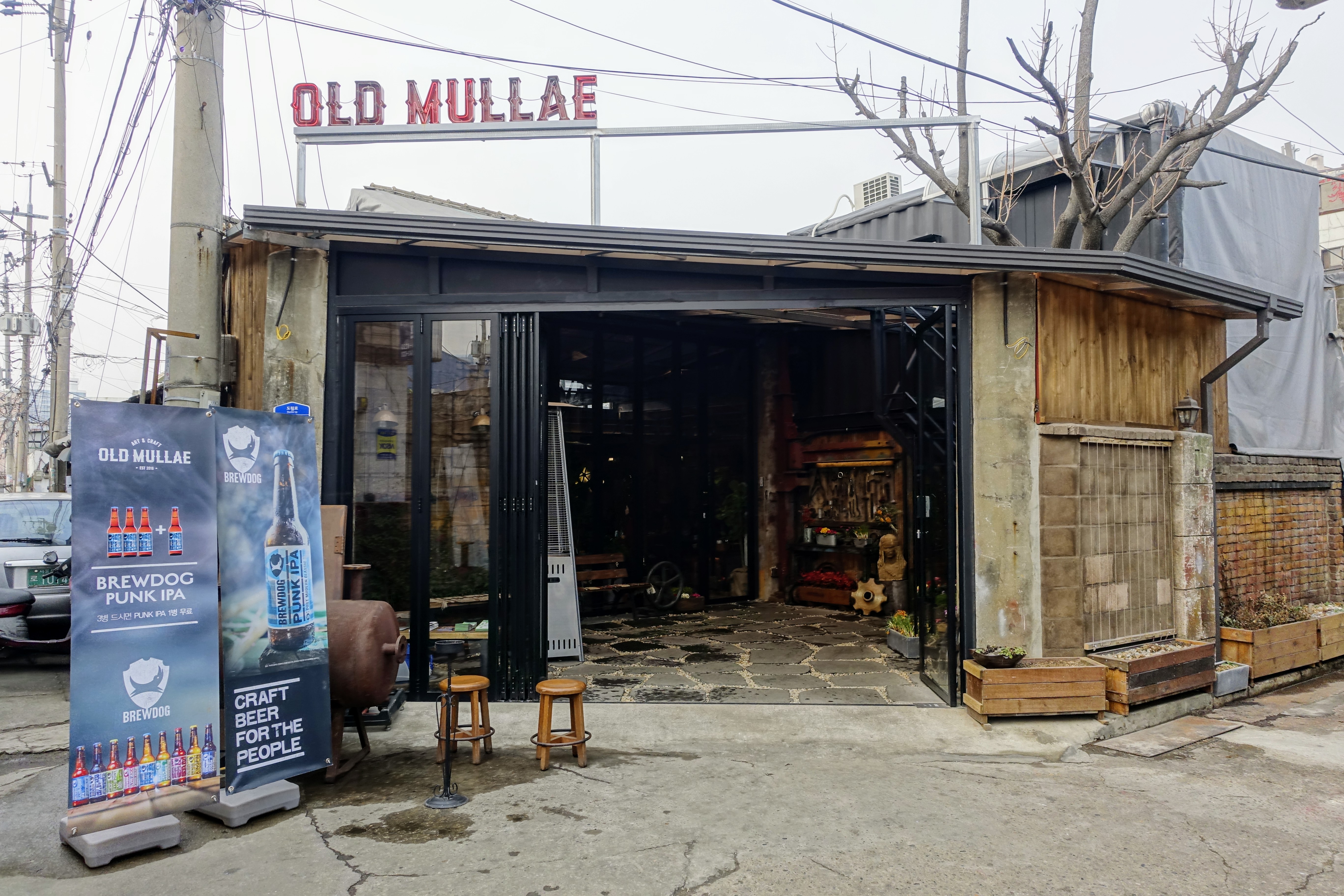
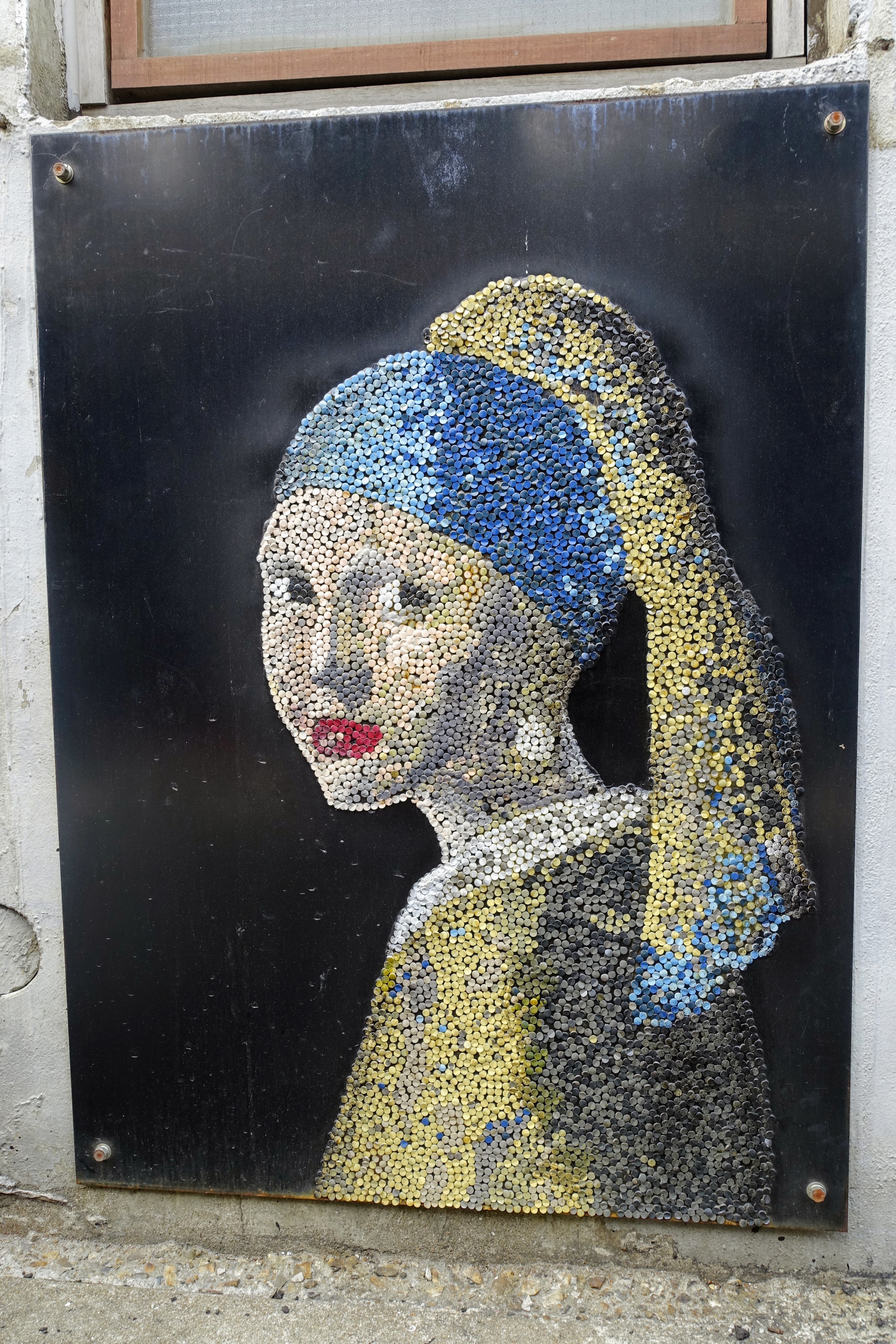
 If you live in Korea, at some point you find yourself at Emart or Homeplus, much as anyone in America eventually winds up at Target or WalMart. The grocery sections of these big-box stores are still thriving, but the housewares are beginning to look a little threadbare. For small conveniences, people go to Daiso now — a branch of the Japanese chain is always nearby — while delivery websites like
If you live in Korea, at some point you find yourself at Emart or Homeplus, much as anyone in America eventually winds up at Target or WalMart. The grocery sections of these big-box stores are still thriving, but the housewares are beginning to look a little threadbare. For small conveniences, people go to Daiso now — a branch of the Japanese chain is always nearby — while delivery websites like 